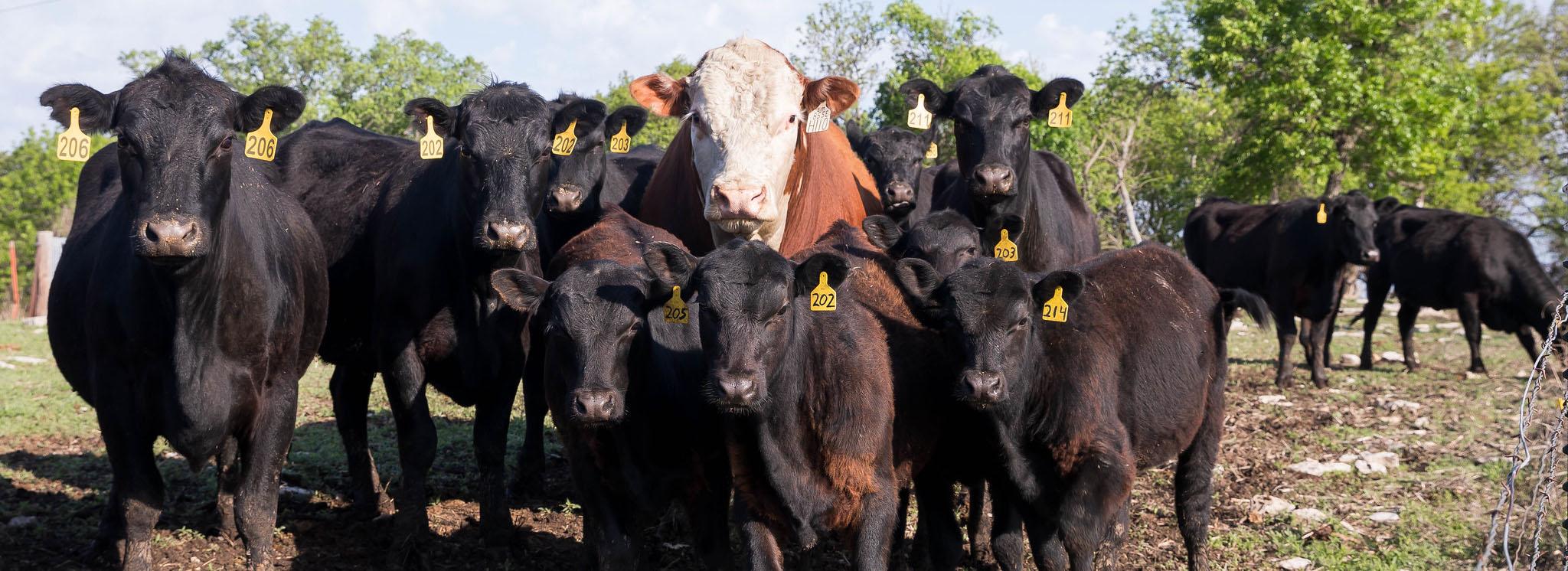As families transition from the school year to summer schedules, this is also the time of year that spring-calving cows head to pastures with their calves and bulls for the start of the breeding season.
Speaking on a recent Cattle Chat podcast, the experts at the Kansas State University Beef Cattle Institute offer advice to ensure that the breeding season is successful.
“Even though the cattle are out on pastures, it is important to check the herd daily to make sure there are no injuries, especially for the bulls,” K-State veterinarian Bob Larson said.
He explained that cattle walking in uneven pastures are more suspectable to foot injuries. In the case of bulls, there can also be some breeding injuries to their penises.
Along with physical movement, K-State veterinarian Brian Lubbers said it is important to monitor cattle for disease. A combination of cows grazing with their heads buried in tall grasses and an increase in the fly population may cause the cattle’s eyes to become irritated, leading them to develop pinkeye.
“Watch the herd for general health issues, and with the bulls, injury and disease can have a greater herd-level impact if they are not able to breed the cows,” Lubbers said.
Because of the high level of activity in the breeding pasture, it is also common for the cattle to lose some of their body condition.
“Producers may need to limit the number of days young bulls are in the pastures when they start so they don’t lose too much body condition. If they are losing body condition, they are also likely losing some of their fertility,” Larson said.
If the cattle are losing body condition, K-State beef cattle nutritionist Philip Lancaster recommends producers offer some supplement to the cattle.
“Following a rotational grazing system and adjusting the stocking density on the pastures can also help the cattle maintain their body condition,” Lancaster said.
Lancaster said it is also important to offer mineral supplementation to the herd.
“Monitor the mineral intake to make sure the cattle are getting the right amount for optimum health during the breeding season,” Lancaster said.



